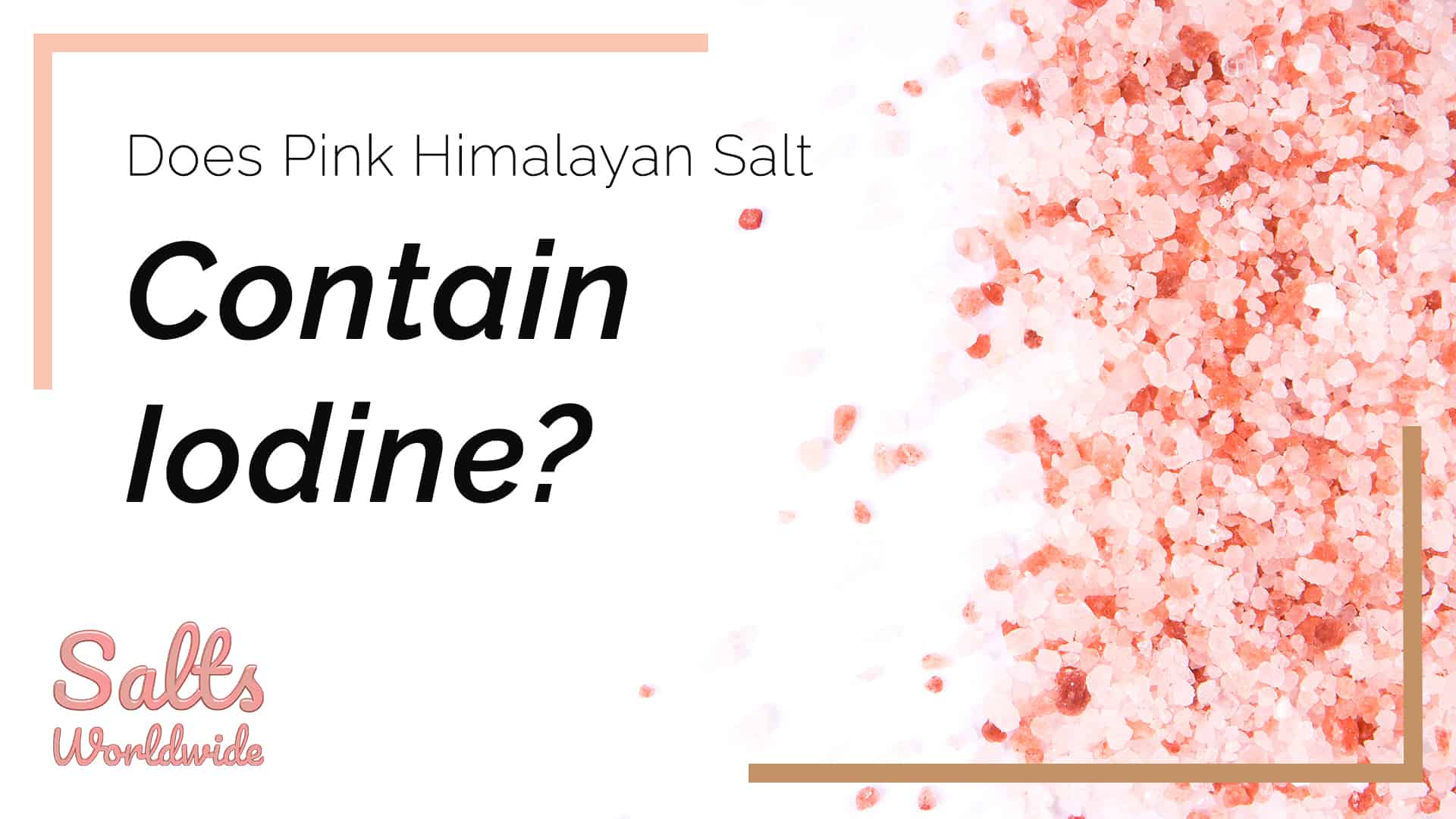When it comes to healthy eating, salt is more than just a flavor enhancer. You might have seen pink Himalayan salt on supermarket shelves, Instagram posts, or recipe blogs and wondered: does pink Himalayan salt have iodine?
This isn’t just a trivial question. Iodine is a crucial nutrient for your thyroid, metabolism, and overall health. Yet, many people are unknowingly replacing iodized table salt with Himalayan pink salt, thinking it’s a healthier option. Could this swap affect your energy, weight, and even your skin? Let’s explore the facts, benefits, and practical ways to use Himalayan salt while keeping your iodine levels in check.

What Is Pink Himalayan Salt?
Pink Himalayan salt is mined from ancient salt deposits in the Himalayan mountains. Its signature pink color comes from trace minerals, including iron, magnesium, potassium, and calcium. Unlike regular table salt, it’s minimally processed, giving it a “natural” appeal.
Many health enthusiasts praise it for:
-
Better flavor and texture – adds a subtle, earthy taste to dishes.
-
Trace minerals – up to 84 minerals, though in very small amounts.
-
Aesthetic and wellness appeal – from Himalayan salt lamps to spa baths.
But when it comes to iodine, the story changes.
Iodine in Pink Himalayan Salt
Here’s the key point: Himalayan pink salt contains very little iodine. Most commercially available pink salts are uniodized. On average, the iodine content is so low that it cannot meet your daily requirement.
Why this matters:
Iodine is essential for:
-
Thyroid hormone production – regulates metabolism, energy, and body temperature.
-
Brain development – particularly critical for pregnant women and children.
-
Weight management – low iodine can slow metabolism and contribute to weight gain.
If you rely solely on pink Himalayan salt and skip iodized table salt or other iodine sources, you could risk iodine deficiency, which may lead to fatigue, hair loss, or even thyroid disorders like goiter.
Health Implications of Using Pink Himalayan Salt
While Himalayan salt has trace minerals, it cannot replace iodized salt for iodine. However, it does offer other potential health perks when used mindfully:
1. Hydration and Electrolyte Balance
Pink Himalayan salt contains sodium, potassium, magnesium, and calcium, which help regulate:
-
Fluid balance
-
Muscle contractions
-
Nerve signaling
Adding a pinch to water can support hydration, especially after exercise.
2. Digestive Support
Many users report that Himalayan salt aids digestion by stimulating digestive enzymes and balancing stomach acid.
-
Tip: Sprinkle a small amount over meals or make a warm salt water drink before breakfast.
3. Weight Management Assistance
Although Himalayan salt doesn’t directly burn fat, it can indirectly support weight goals:
-
Enhances flavor, making healthy meals more enjoyable.
-
Supports hydration, which can reduce bloating and water retention.
-
Helps maintain proper electrolyte balance, aiding in fat metabolism.
Practical Ways to Include Pink Himalayan Salt Safely
If you love the taste and visual appeal, you can enjoy it without compromising iodine intake. Here’s how:
Daily Tips
-
Alternate salts: Use iodized table salt in some meals to meet iodine needs.
-
Combine with iodine-rich foods: Seaweed, dairy, eggs, and fish help prevent deficiency.
-
Moderation is key: Limit total salt intake to 2,300 mg sodium per day (roughly 1 tsp).
-
Hydration: Use pink Himalayan salt in water for electrolytes, but don’t overdo it.
Cooking and Recipe Ideas
Pink Himalayan salt can enhance flavor and aesthetics in everyday meals:
-
Avocado toast: Sprinkle on top with cracked pepper.
-
Roasted vegetables: A pinch brings out natural sweetness.
-
Salad dressings: Combine with olive oil, lemon juice, and herbs.
-
Smoothies: Add just a tiny pinch to enhance mineral content.
Even simple additions like these can make healthy meals more satisfying and reduce cravings for high-sodium processed foods.
Common Questions About Himalayan Salt and Iodine
1. Is Himalayan pink salt good for the thyroid?
It’s better for taste than thyroid health. Since it lacks iodine, it cannot support thyroid function alone. Supplement with iodized salt or iodine-rich foods.
2. Can I use it if I have a low-sodium diet?
Yes, but all salt should be used in moderation. Consult your doctor if you have heart, kidney, or liver conditions.
3. How much iodine is in pink Himalayan salt?
Trace amounts only—far below the recommended daily intake of 150 mcg for adults.
4. Does pink Himalayan salt help with weight loss?
Indirectly, yes. It can improve hydration, digestion, and meal satisfaction, but it’s not a fat-burning miracle.
5. Can children safely consume it?
Small amounts are safe, but ensure children get enough iodine through iodized salt or dietary sources.
6. Are pink Himalayan salt lamps beneficial?
No strong scientific evidence supports health claims for salt lamps. Their aesthetic value is fine, but don’t rely on them for iodine or detoxification.
7. Should pregnant women avoid it?
Not at all, but they must ensure adequate iodine intake through diet or supplements to support fetal development.
Balancing Pink Himalayan Salt With Your Health
Using pink Himalayan salt mindfully is the key:
-
Enjoy its natural minerals and flavor.
-
Pair it with iodine-rich foods.
-
Avoid overconsumption, especially if you have high blood pressure or kidney issues.
-
Consider a mix of iodized and Himalayan salt for the best of both worlds.
By doing so, you can savor the pink sparkle in your meals while maintaining optimal thyroid function, metabolism, and overall health.
Does Pink Himalayan Salt Have Iodine Takeaway
So, does pink Himalayan salt have iodine? Yes, but only in trace amounts—not enough to meet daily requirements. It offers taste, trace minerals, and hydration benefits but cannot replace iodized salt.
For healthy eating:
-
Use Himalayan salt for flavor and mineral support.
-
Maintain iodine intake with other dietary sources.
-
Moderate total salt intake for heart and kidney health.
With these steps, you can enjoy pink Himalayan salt safely while protecting your thyroid, metabolism, and overall wellness.